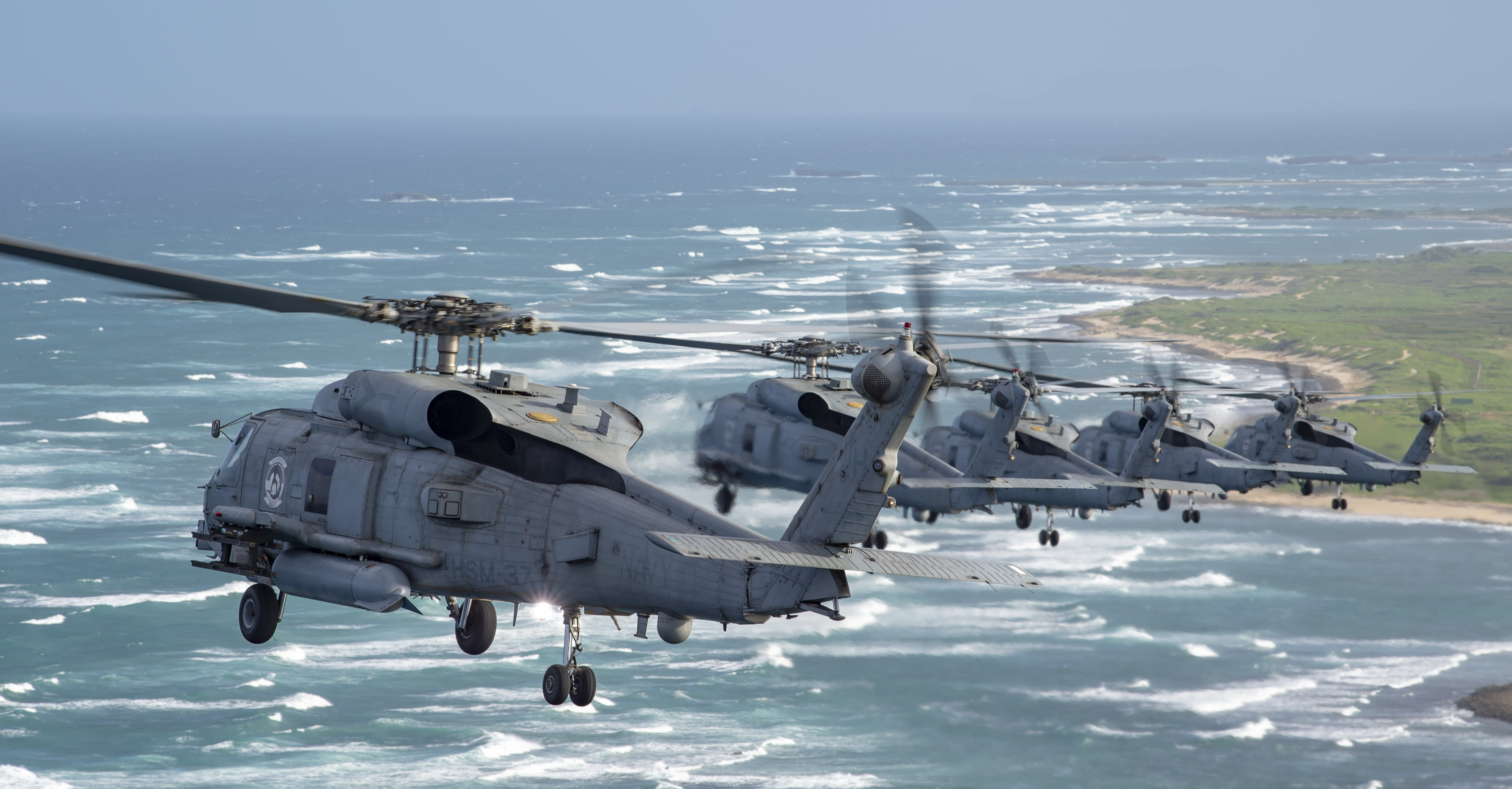New Zealand's Strategic Leap: Enhancing Air Capabilities with Sikorsky and Airbus
 The Tech Times
The Tech Times
In a significant move to bolster its military prowess, New Zealand has opted to enhance its air capabilities by incorporating platforms from industry giants Sikorsky and Airbus. This decision is aimed at ensuring that New Zealand maintains a combat-ready, interoperable, and reliable fleet, a sentiment echoed by Defence Minister Judith Collins.
A Historical Perspective
New Zealand's military strategy has long been defined by its geographic isolation and its need for strong defense alliances. Historically, the country has relied on partnerships, particularly with Australia and the United States, to ensure its security and defense readiness. The enhancement of its air capabilities is a continuation of this strategic imperative, ensuring that the nation's defense forces are equipped with the latest technology to meet evolving global threats.
In the past, New Zealand has faced criticism for under-investment in its defense sector, particularly in aviation. The decision to integrate Sikorsky and Airbus platforms marks a pivotal shift, aligning with a broader global trend of modernizing military fleets with advanced technology to face multifaceted threats ranging from cyber warfare to conventional military engagements.
Why Sikorsky and Airbus?
Sikorsky and Airbus are globally recognized for their advanced aerospace technologies and have a proven track record of delivering reliable and cutting-edge military platforms. Sikorsky, a subsidiary of Lockheed Martin, is renowned for its versatile helicopters, which are used extensively by the U.S. military and allied nations. Their platforms are known for robustness and adaptability, crucial for New Zealand's varied geographic landscapes and mission requirements.
Airbus, on the other hand, offers a range of aircraft known for their efficiency and advanced avionics. The company has established itself as a leader in the development of military transport and utility aircraft, making it a strategic choice for New Zealand’s needs. The integration of Airbus platforms is expected to significantly enhance the country's ability to conduct various operations, from humanitarian aid to defense missions.
The Strategic Implications
The decision to strengthen air capabilities with these platforms is not merely about acquiring new technology. It is a strategic move that ensures New Zealand remains a competent player on the global stage. In an era where geopolitical tensions are high, having a formidable and reliable air fleet is paramount.
Moreover, this move is likely to enhance New Zealand's interoperability with allied forces, particularly in joint operations with Australia and other Pacific partners. This interoperability is crucial for coordinated responses to regional crises and maintaining peace and stability in the Asia-Pacific region.
Conclusion
New Zealand's decision to integrate Sikorsky and Airbus platforms represents a forward-thinking approach to national defense. By investing in dependable and sophisticated military technology, the country is taking a significant step towards ensuring its armed forces are prepared for the challenges of the 21st century. This strategic enhancement not only fortifies New Zealand's defense capabilities but also underscores its commitment to contributing to regional and global security.
As global dynamics continue to shift, New Zealand’s proactive approach in upgrading its air force capabilities could serve as a model for other nations seeking to balance defense preparedness with fiscal responsibility.
Source: New Zealand adds Sikorsky and Airbus platforms to boost air capability
Subscribe to my newsletter
Read articles from The Tech Times directly inside your inbox. Subscribe to the newsletter, and don't miss out.
Written by
